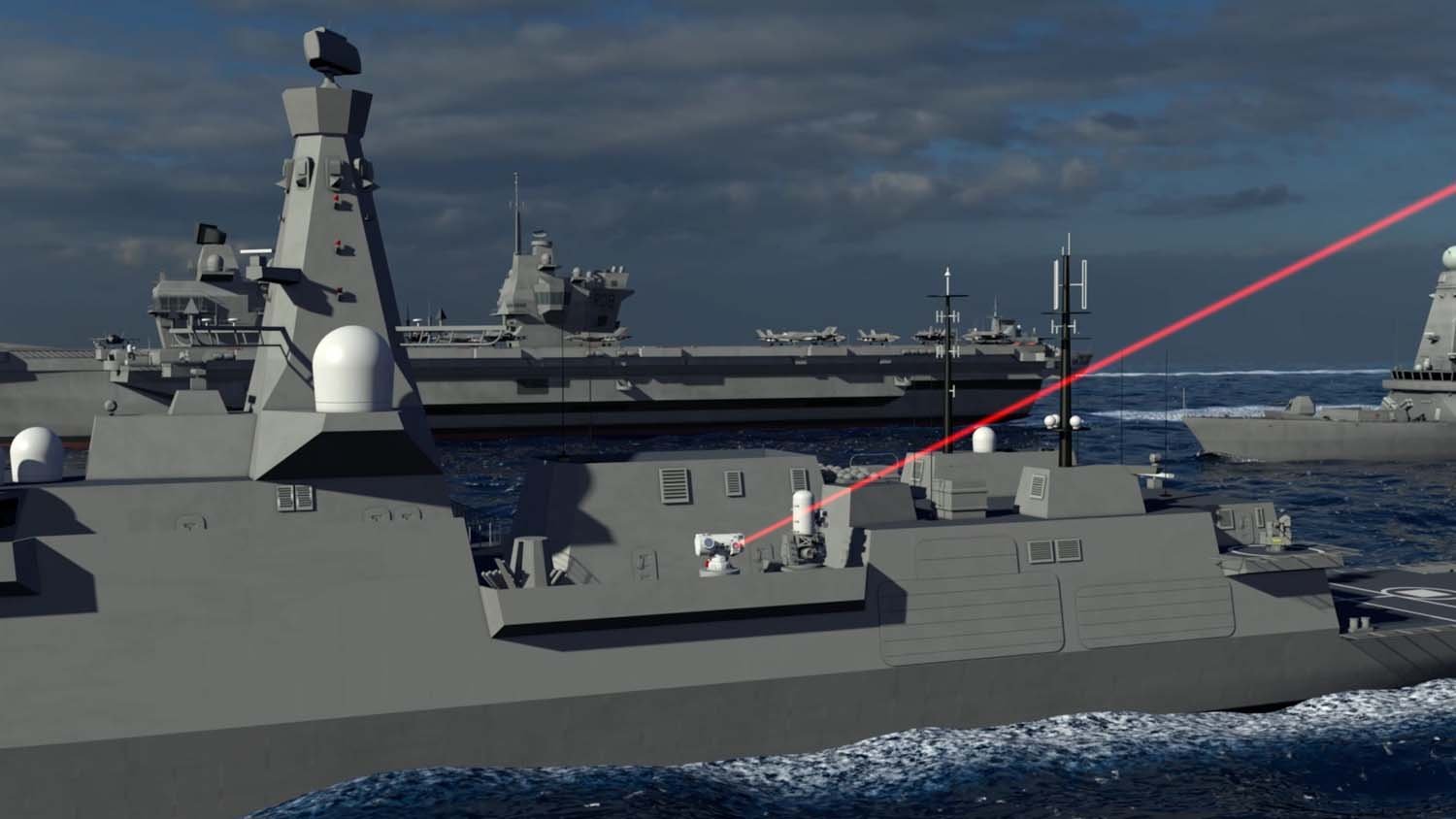A powerful laser weapon will be added to the Royal Navy’s arsenal in the next three years as the need for weapons to counter drone and missile threats – like those fired by Houthi rebels – grows.
The cutting-edge DragonFire laser will be installed on a warship in 2027, adding to the Royal Navy’s potent array of air defense weaponry, which includes the Sea Viper and Sea Ceptor missile systems which have recently shot down Houthi targets in operations in the Red Sea with HMS Diamond and HMS Richmond.
A burst of the high-intensity beam from DragonFire costs no more than £10 – yet can engage targets – drones, missiles, aircraft – at the speed of light by concentrating it on a target.
The laser has been under development for nearly a decade and underwent tests by government scientists on the Ministry of Defense’s ranges in the Hebrides at the start of this year.
Now, plans have been brought forward five years from 2032 to install DragonFire on a Royal Navy ship under new procurement rules which were introduced this week.
Captain Matt Ryder, responsible for new capabilities as Head of Above Water Battlespace in the Royal Navy’s Develop Directorate, said: “The Royal Navy has always been on the front foot to embrace new technologies to enhance our capability.
“We recognize this cutting-edge UK laser weapons technology as highly relevant and the need to accelerate it into service on board our ships at the earliest opportunity.
“Clearly a current operational focus is on protecting Freedom of Navigation in the Southern Red Sea as part of Operation Prosperity Guardian, where in recent months HMS Diamond and HMS Richmond have each successfully deployed Air Defence capabilities to defend legitimate shipping in the area against drone and missile threats.
“Noting the quantity and varied sophistication of air and missile threats seen in the Southern Red Sea, we see a very relevant and current example of where laser weapons could provide an additional layer of defense to protect shipping, at a potentially much lower cost per shot and without the inherent onboard magazine and silo capacity constraints associated with interceptor missiles.”

